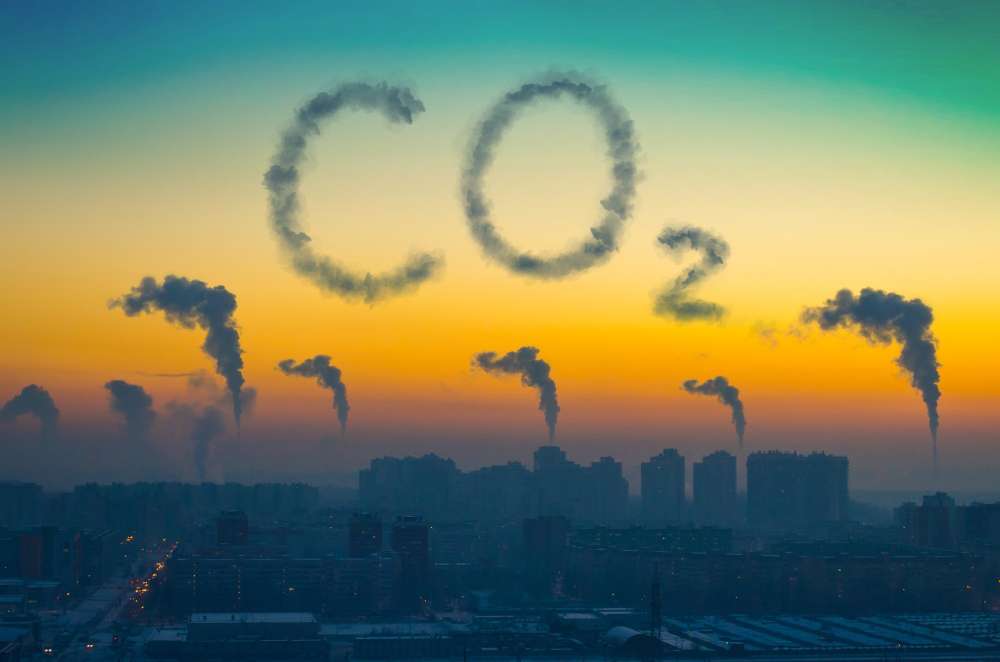The Paris Agreement, signed by 195 countries in December 2015 with the goal of limiting global warming to well below 2°C above pre-industrial levels and pursuing efforts to limit the temperature increase even further to 1.5°C, has become one of the most important international climate treaties. However, within sustainability and environmental circles, we have seen the question “is the Paris agreement working” being asked time and time again.
As we are all more than aware, with this agreement, world leaders pledged that every country would take action to reduce greenhouse gas emissions that are causing climate change. The central goal is for the planet to keep warming under 2°C. But in light of a recent lack of progress in this area, it is no wonder that a growing school of thought questions whether the goal of the agreement can be achieved.
This article seeks to answer the question “Is the Paris agreement working”, exploring the extent to which goals set forth in the Paris Agreement can still be achieved by 2030 as well as possible approaches taken by different countries towards reaching these goals.
Where are we now
It is important to note that the Paris Agreement goals are aspirational in nature. As such, there is no legal obligation on countries to meet them as they are not legally binding – perhaps part of the problem. Countries are, however, encouraged to come up with their own national climate action plans that ensure they are taking steps to reduce emissions.
On one hand, there have been some encouraging developments in the fight against climate change since the signing of the Paris Agreement. Renewable energy sources such as wind and solar have become more affordable and accessible, and countries are investing in green technologies to reduce their carbon footprint. Furthermore, there is increased awareness and engagement from the general public and businesses about the need to address the impacts of climate change.
On the other hand, there is also evidence to suggest that the goals of the Paris Agreement are becoming more difficult to achieve. Global greenhouse gas emissions have continued to rise, and many countries are still heavily reliant on fossil fuels. Climate change is already causing devastating impacts, such as rising sea levels, more frequent and intense heatwaves, and more severe weather events, and these impacts are projected to worsen unless significant action is taken.
Furthermore, the withdrawal of the United States, one of the world’s largest emitters, from the Paris Agreement has added to the challenges of attaining its goals. The lack of commitment from some countries, as well as the slow pace of action by others, has raised concerns about whether the world will be able to limit global warming to well below 2 degrees Celsius.
It is widely believed that emissions will hit record new levels in 2023. However, another school predicts that 2023 could be the start of an emissions plateau, as the world’s largest emitters experience slow growth and invest more in renewables.
How close are we to meeting the goals?
If emissions continue at the current rate, the increase will be approximately 5 Gt of CO2 by 2030. To meet the goals of the Paris Agreement, the increase in average temperature must be kept below 2°C. To achieve this, we must reduce the CO2 emissions to less than 55 Gt by 2030. This is a very ambitious goal as emission reductions will have to happen in a very short period of time.
The bottom line is that the current level of greenhouse gas emissions and the lack of significant progress in reducing emissions indicate that the world is not on track to reach these goals.
Summing up
There is a growing sense of skeptism around whether the Paris agreement is working, and whether its goals are still attainable. For the world to be on track and reach the goals set in the Paris Agreement, it will require a significant effort from all countries, as well as businesses and individuals, to make it a reality. The Paris Agreement was a historic moment in the fight against climate change, and it is important that we continue to work towards its goals and take the necessary steps to limit global warming and protect the planet for future generations. This requires immediate and sustained action from all sectors of society to reduce emissions, transition to clean energy, and build resilient communities.
